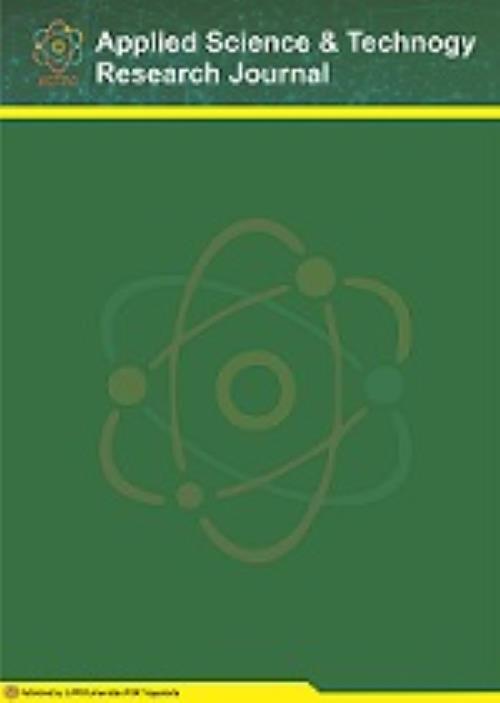Planning System Gauge Strength Wind Based on the Internet of Things
DOI:
https://doi.org/10.31316/astro.v3i1.6221Abstract
The wind moves air from place One to somewhere else because there exists a different pressure of air. There are many benefits of wind for creatures living in the world, especially humans among them use wind by fishermen, generators of electricity power wind, and sports flight like kites. Prevention of disaster Because wind only can give warning to minimize casualties and damage in the area that occurs nipple pickaxe namely Anemometer as gauge speed wind. Besides a lot of benefits wind, however own impact bad adverse winds man. This tool is designed To measure the speed of the wind as well as minimize disasters caused by wind. This tool uses the ESP32 microcontroller as the main connected system through device wifi as Anemometer connections and sensors used as gauge strength wind, connected web server with a microcontroller via wifi as an interface for monitoring. Making tools using the data collection method used that is literature study, observation, and interviews. The system development stage consists of analysis, implementation system design as well as testing. Testing on the system is carried out with a test Anemometer sensor in an open area with monitoring using a connected web server with a microcontroller via wifi site testing with exists tool This measuring system design strength wind based on the Internet of Things.
Downloads
Published
How to Cite
Issue
Section
Citation Check
License
Copyright (c) 2024 Aziz Ari Wibowo, R. Hafid Hardyanto, Prahenusa Wahyu Ciptadi, Eko Harry Pratisto

This work is licensed under a Creative Commons Attribution-ShareAlike 4.0 International License.
Authors who publish with this journal agree to the following terms:
- The journal allow the authors to hold the copyright without restrictions and allow the authors to retain publishing rights without restrictions.
- Authors retain copyright and grant the journal right of first publication with the work simultaneously licensed under a Creative Commons Attribution-ShareAlike 4.0 International License that allows others to share the work with an acknowledgement of the work's authorship and initial publication in this journal.
- Authors are able to enter into separate, additional contractual arrangements for the non-exclusive distribution of the journal's published version of the work (e.g., post it to an institutional repository or publish it in a book), with an acknowledgement of its initial publication in this journal.
- Authors are permitted and encouraged to post their work online (e.g., in institutional repositories or on their website) prior to and during the submission process, as it can lead to productive exchanges, as well as earlier and greater citation of published work (See The Effect of Open Access).









